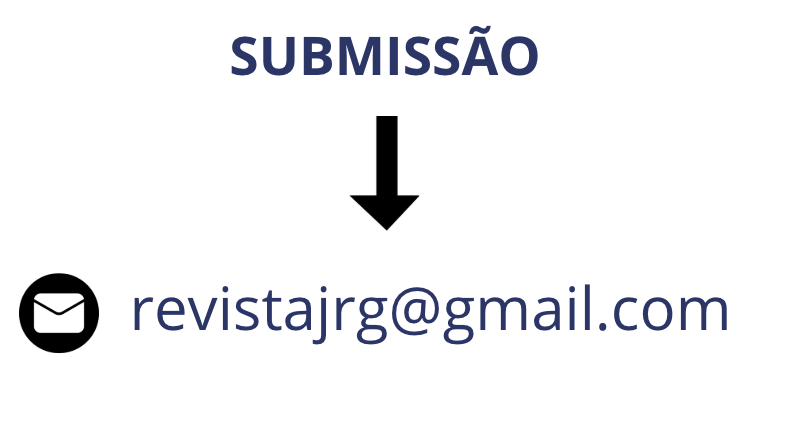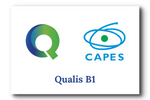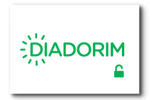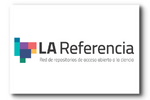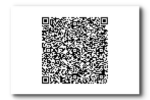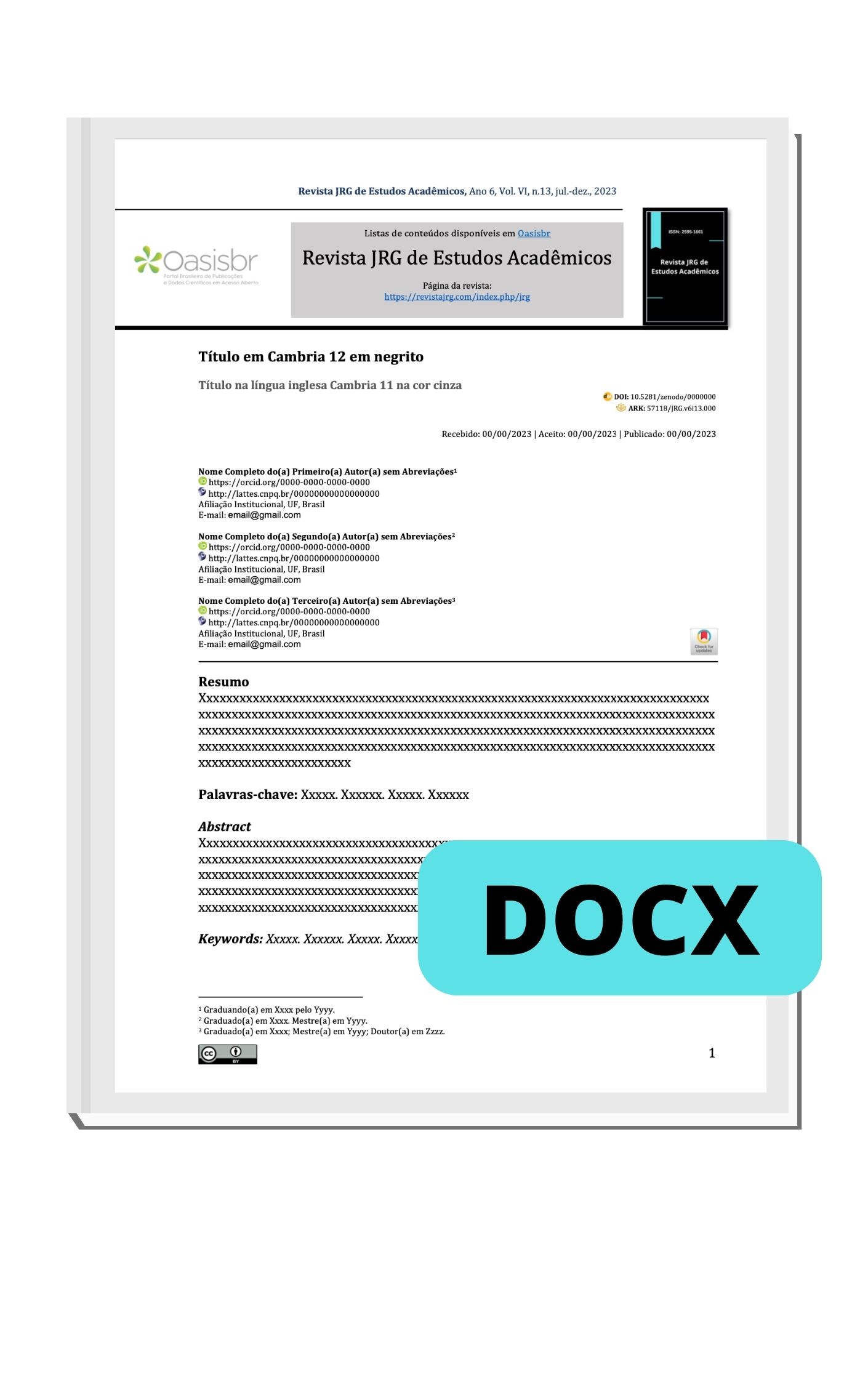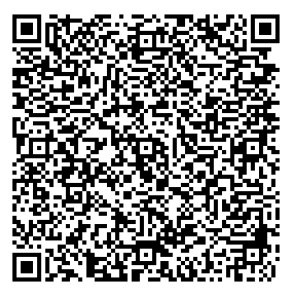Tecnología digital y síntomas del TDAH: ¿qué relación hay entre ellos?
DOI:
https://doi.org/10.55892/jrg.v8i18.2166Palabras clave:
Transtorno do Déficit de Atenção com Hiperatividade, Tempo de Tela, Tecnologia da Informação, Criança, AdolescenteResumen
Resumen
El uso creciente de tecnologías digitales por parte de niños y adolescentes ha sido señalado como un posible factor de intensificación de los síntomas del Trastorno por Déficit de Atención con Hiperactividad (TDAH), especialmente debido a sus efectos sobre el comportamiento, el sueño y el desarrollo neurológico. En este contexto, se vuelve relevante comprender las posibles interfaces entre el uso problemático de pantallas y la manifestación de síntomas del trastorno. El objetivo fue, por lo tanto, analizar las evidencias disponibles sobre la relación entre el uso de tecnologías digitales y los síntomas de TDAH en niños y adolescentes. Se trata de una revisión integrativa, basada en 15 artículos publicados entre 2019 y 2023, seleccionados en las bases de datos PubMed y ScienceDirect, a partir de criterios de inclusión y exclusión previamente definidos. El análisis reveló una asociación significativa entre el uso excesivo de pantallas y la intensificación de síntomas de desatención, hiperactividad e impulsividad, siendo mediadores frecuentes el sueño inadecuado, la impulsividad basal y alteraciones en redes neuronales de control inhibitorio. Algunos estudios también señalaron la influencia de factores genéticos compartidos. A pesar de la existencia de hallazgos divergentes, el conjunto de las evidencias longitudinales, los análisis de mediación y los estudios con neuroimagen sustentan la hipótesis del uso desregulado de la tecnología como factor de riesgo conductual. Se concluye que la exposición excesiva a medios digitales puede contribuir al agravamiento de los síntomas del TDAH, recomendándose la adopción de estrategias educativas y preventivas, como la regulación del tiempo de pantalla, la promoción de la higiene del sueño y el fomento del uso consciente de la tecnología.
Descargas
Citas
BOER, Maartje et al. Attention Deficit Hyperactivity Disorder-Symptoms, Social Media Use Intensity, and Social Media Use Problems in Adolescents: Investigating Directionality. Child Development, [S.l.], v. 91, n. 4, p. e853–e865, 2020. DOI: https://doi.org/10.1111/cdev.13334.
CAVALLI, Eddy et al. Screen exposure exacerbates ADHD symptoms indirectly through increased sleep disturbance. Sleep Medicine, [S.l.], v. 83, p. 241–247, 2021. DOI: https://doi.org/10.1016/j.sleep.2021.03.010.
CHEN, Ya-Yun; YIM, Hyungwook; LEE, Tae-Ho. Negative impact of daily screen use on inhibitory control network in preadolescence: A two-year follow-up study. Developmental Cognitive Neuroscience, [S.l.], v. 60, p. 101218, 2023. DOI: https://doi.org/10.1016/j.dcn.2023.101218.
GUERRERO, Michelle D. et al. Screen time and problem behaviors in children: exploring the mediating role of sleep duration. International Journal of Behavioral Nutrition and Physical Activity, [S.l.], v. 16, n. 105, 2019. DOI: https://doi.org/10.1186/s12966-019-0862-x.
MILLER, Jack et al. Impact of digital screen media activity on functional brain organization in late childhood: evidence from the ABCD study. Cortex, [S.l.], v. 169, p. 290–308, 2023. DOI: https://doi.org/10.1016/j.cortex.2023.09.009.
QU, Guangbo et al. Association between screen time and developmental and behavioral problems among children in the United States: Evidence from 2018 to 2020 NSCH. Journal of Psychiatric Research, [S.l.], v. 161, p. 140–149, 2023. DOI: https://doi.org/10.1016/j.jpsychires.2023.03.014.
SIHOE, Christopher Emmett; MUELLER, Ulrich; LIU, Sam. Perceived smartphone addiction predicts ADHD symptomatology in middle school adolescents: A longitudinal study. Computers in Human Behavior Reports, [S.l.], v. 12, 100335, 2023. DOI: https://doi.org/10.1016/j.chbr.2023.100335.
SONG, Kunru et al. Youth screen media activity patterns and associations with behavioral developmental measures and resting-state brain functional connectivity. Journal of the American Academy of Child & Adolescent Psychiatry, [S.l.], v. 62, n. 9, p. 1051–1063, set. 2023. DOI: https://doi.org/10.1016/j.jaac.2023.02.014.
TAMANA, Sukhpreet K. et al. Screen-time is associated with inattention problems in preschoolers: Results from the CHILD birth cohort study. PLOS ONE, [S.l.], v. 14, n. 4, p. e0213995, 2019. DOI: https://doi.org/10.1371/journal.pone.0213995.
VINER, Russell M. et al. Roles of cyberbullying, sleep, and physical activity in mediating the effects of social media use on mental health and wellbeing among young people in England: a secondary analysis of longitudinal data. The Lancet Child & Adolescent Health, [S.l.], v. 3, n. 10, p. 685–696, out. 2019. DOI: https://doi.org/10.1016/S2352-4642(19)30186-5.
WALLACE, Jasmina et al. Screen time, impulsivity, neuropsychological functions and their relationship to growth in adolescent attention-deficit/hyperactivity disorder symptoms. Scientific Reports, [S.l.], v. 13, p. 18108, 2023. DOI: https://doi.org/10.1038/s41598-023-44105-7.
WU, Jian-Bo et al. Association between screen time and hyperactive behaviors in children under 3 years in China. Frontiers in Psychiatry, [S.l.], v. 13, p. 977879, 2022. DOI: https://doi.org/10.3389/fpsyt.2022.977879.
YANG, Anyi et al. Longer screen time utilization is associated with the polygenic risk for ADHD and brain white matter changes. eBioMedicine, [S.l.], v. 80, p. 104039, 2022. DOI: https://doi.org/10.1016/j.ebiom.2022.104039.
ZHANG, Yingzhe et al. Shared Genetic Risk in the Association of Screen Time With Psychiatric Problems in Children. JAMA Network Open, [S.l.], v. 6, n. 11, p. e2341502, 2023. DOI: https://doi.org/10.1001/jamanetworkopen.2023.41502.
ZHOU, Yu et al. The relationship between screen time and attention deficit/hyperactivity disorder in Chinese preschool children under the multichild policy: a cross-sectional survey. BMC Pediatrics, [S.l.], v. 23, n. 361, 2023. DOI: https://doi.org/10.1186/s12887-023-04130-x




